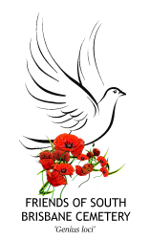Areas of Interest Guide: Russian Graves (Shishkoff family)
This is grave number 5C-316.
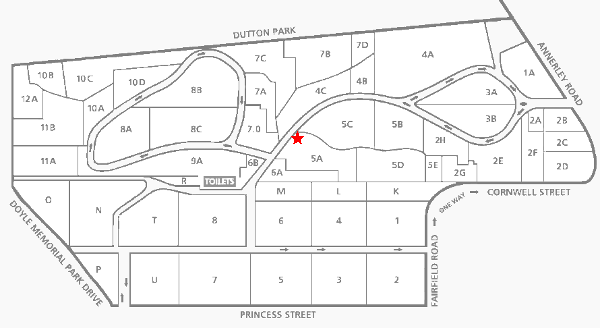
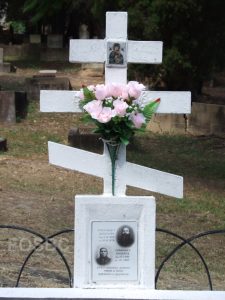
South Brisbane has long been an important centre for the waves of Russian emigrants arriving in Queensland since the 19th century, making Brisbane ‘Australia’s most Russian city’). A large number arrived from the Far East following Russian defeat in the Russo-Japanese War of 1905. The Australian Government declared an embargo on Russian emigrants following the 1917 Bolshevik Revolution, and the lifting of that embargo in 1922 resulted in the largest-ever influx of Russians into Queensland.
There are many Russian people interred in this cemetery, and their graves usually stand out because of their distinctive Russian Orthodox crosses. This is a variation of the Christian cross dating from the 6th-century Byzantine Empire and introduced before the break between Catholic and Orthodox churches. The cross has three horizontal crossbeams – the top one represents a crucifixion nameplate and the bottom one a footrest.
While these crosses can be found scattered throughout this cemetery, in places like Mt Gravatt Cemetery they are clustered together in segregated religious sections and form a spectacular sight.
Buried in this grave here are Yefin and Paraskiva Shishkoff. The text beneath their photographs reads, ‘sleep peacefully mum and dad, grandmother and grandfather’.
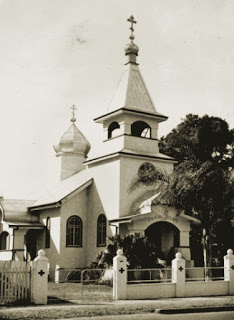
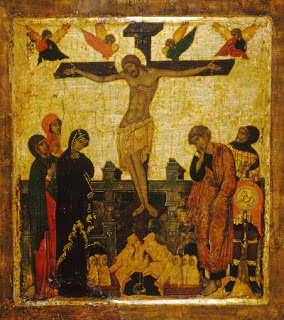
Nearby ‘Areas of Interest’
Eleanor Bourne (first female medical student in Queensland) – Portion 8B
James Chard (‘Pearl’ disaster captain) – Portion 5C
Grace Yorston (‘Pearl’ disaster victim) – Portion 5A
Executed Prisoners – Portion 6B
Patrick Kenniff (hanged for murder) – Portion 6B
Arthur Cripps (boxing champion) – Portion M
